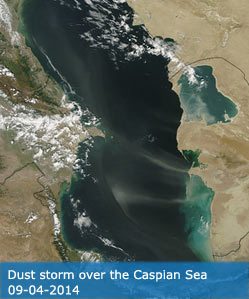Science Team
Publications
Pei, J; Tan, SF; Zou, YP; Liao, CH; He, YN; Wang, J; Huang, HB; Wang, TX; Tian, HF; Fang, HJ; Wang, L; Huang, JX (2025). The role of phenology in crop yield prediction: Comparison of ground-based phenology and remotely sensed phenology. AGRICULTURAL AND FOREST METEOROLOGY, 361, 110340.
Abstract
Precise and timely crop yield predictions at large scales are crucial for safeguarding global food security. A key factor in accurate yield forecasting is the integration of multi-source environmental data, where the choice of time windows for aggregating these variables plays a pivotal role. Segmenting time windows by phenological stages allows for more precise extraction of environmental variables, capturing the complex interactions between crop development and external factors. However, the effectiveness of this approach in improving yield prediction accuracy, especially when comparing ground-based and remote sensing-derived land surface phenology data, remains largely unexplored. In this study, we investigate how phenology-based time windows affect corn yield predictions, using machine learning algorithms and multi-source environmental data from the U.S. Corn Belt. We systematically analyzed and compared models incorporating either ground-based or land surface phenology. By segmenting the growing season into six crucial stages (BBCH 00-99) and formulating specific yield forecasting models for each stage, we determined the optimal lead times for predictions utilizing both sources of phenological data. Our findings suggested that the incorporation of phenology-derived crop growth windows significantly enhances the accuracy of yield prediction by approximately 10 % compared to the fixed-season method. Ground-based phenology data from the USDA crop progress report slightly outperformed MODIS-based land surface phenology data, achieved the highest accuracy with the XGBoost model (R2 = 0.668, RMSE = 1.09 t/ha, MAE = 0.84 t/ha). Furthermore, this study demonstrated that reliable corn yield predictions could be made as early as the second phenological stage (Emerged-Silking for ground phenology, MidGreenup-Maturity for MODIS phenology). In regions where ground observations are limited or unavailable, land surface phenology emerges as a promising alternative. This study presents a robust framework for precise and extensive crop yield modeling and early prediction, which is crucial for making informed agricultural decisions and ensuring food security.
DOI:
10.1016/j.agrformet.2024.110340
ISSN:
0168-1923




